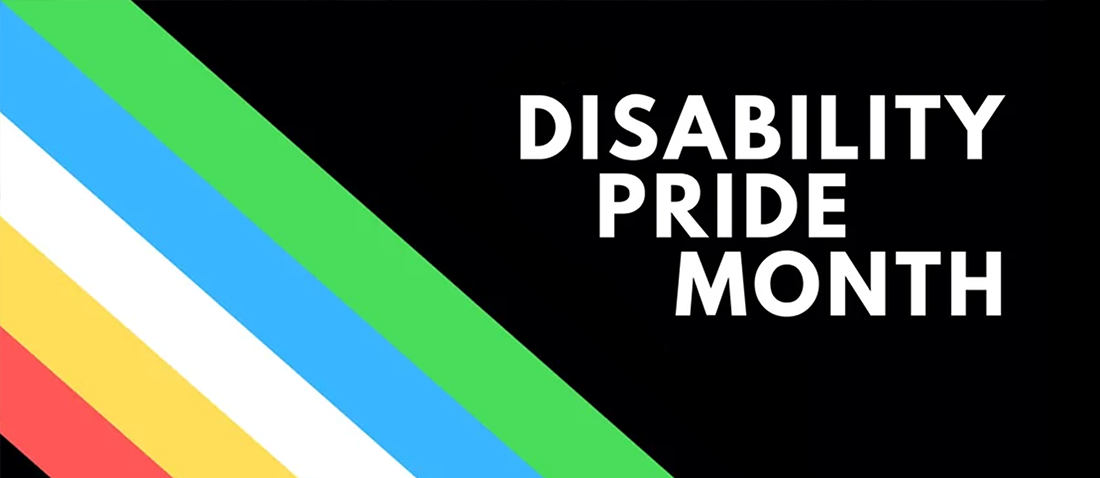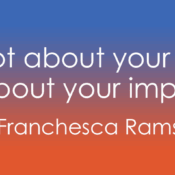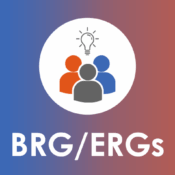
Disability Pride Month: It’s Time to Shift the Spotlight
Each July, Disability Pride Month offers a moment to reflect, resist, and reclaim. For many of us in the disability community, it's a chance to celebrate our identity - not in spite of disability, but because of it.
However, celebration without change rings hollow. While corporate campaigns may roll out stories of employees with disabilities or add captions to a promo video for 31 days, the truth is: people with disabilities are still profoundly underrepresented in media, in leadership, and in the systems that shape our daily lives.
In plain words: visibility isn't equity and awareness isn't action.
The Numbers Don't Lie, but They Do Reveal
According to the CDC, over 70 million adults in the U.S.—more than 1 in 4—identify as disabled. Globally, the World Health Organization estimates 1.3 billion people live with disabilities. That’s nearly 20% of the population. (Source: CDC, WHO)
Despite our size, our influence in public life is negligible.
We are rarely seen. And when we are, we're not often permitted a voice to be heard.
Sidelined in the Media
Disability remains the most underrepresented identity in mainstream media. The Valuable 500 reported that just 2% of disabled consumers feel accurately represented in advertisements. Over half face barriers just trying to access content. (Source: Valuable 500)
What does this mean in real life? It means a generation of disabled children grow up without seeing themselves as main characters. It means society continues to view disability through a lens of pity or inspiration—not as identity. Not as normal. Not as valued members of society.
This erasure fuels policy decisions that ignore people with disabilities, workplace cultures that fail to include us, and products that actively exclude us.
The Boardroom Gap Is Just as Stark
Representation gaps don't stop with the media. They compound in decision-making rooms - especially in corporate leadership.
According to Disability:IN, only 11% of companies report having an openly disabled director. A mere 3% voluntarily disclose disability representation at the board level. (Source: Disability:IN)
Let that sink in. The largest minority group in the U.S. is almost entirely absent from the highest levels of decision-making. This isn’t just a diversity issue. It’s a business liability.
When people with disabilities are missing from strategy discussions, product design, and executive leadership, companies miss insights that are essential to innovation and inclusion.
The Cost of Exclusion
The disability community holds over $13 trillion in global buying power. (Source: World Economic Forum)
The disability market isn’t niche - it’s powerful. We represent a workforce, a customer base, and a cultural voice. And yet, most organizations aren’t building with us in mind.
When companies don’t center disability from the start, it’s blatantly obvious. Consider inaccessible websites as a prime example. Or products that don’t account for diverse users. Even services that place the burden of adaptation squarely on the shoulders of the disabled person.
This isn’t only frustrating - it’s costly. Every exclusion is a missed opportunity.
Visibility Isn't Enough. Systemic Inclusion Is the Goal.
To move from performative gestures to lasting impact, we need a deeper, structural shift. That means:
- Authentic representation: Not as a one-off campaign. As an integrated part of media, marketing, and storytelling.
- Leadership accountability: Tracking disability representation at all levels of the organization—especially in the C-suite and on the board.
- Designing for disability from the outset: From product development to service models to physical spaces.
- Embedding lived experience into decision-making—not just consulting us after the fact.
Inclusion that starts with community and is backed by strategy, policy, and measurable accountability is where real transformation happens.
What This Month Should Really Be About
Disability Pride Month isn’t about inspiration porn or corporate poster-children. It’s about shifting the power back to the affected community members.
We must ask ourselves: Who’s still not in the room? Whose voices still aren’t being heard when decisions are made? And most importantly: What are you doing about it?
At 2axend, we partner with organizations ready to shift from surface-level awareness to deep structural change—helping align accessibility with business strategy, ensuring that inclusion is built into every layer of an organization. Not because it looks good. But because it works better for everyone.
So this July, let’s move beyond lip service. Let’s commit to making disability inclusion a sustained, strategic priority—not just a seasonal celebration.
Because people with disabilities don’t just deserve a seat at the table. We deserve to be co-authors of the system itself.



